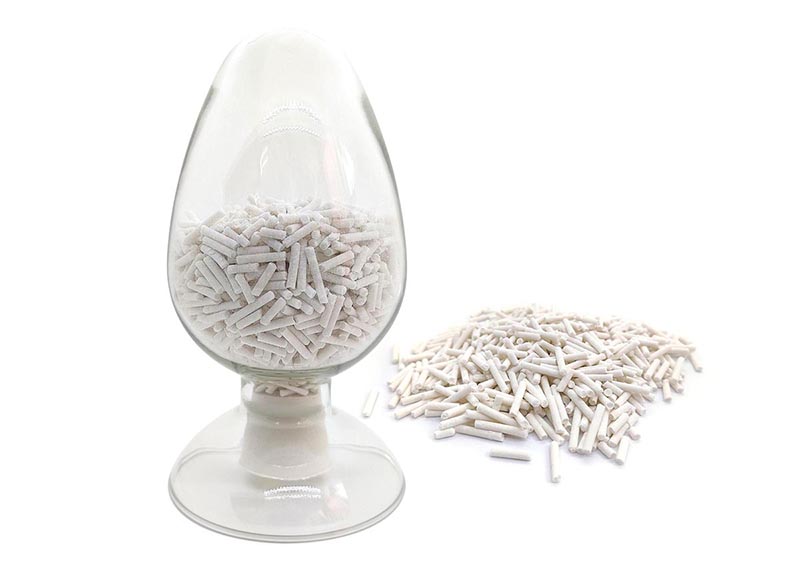PVC stabilizers are foundational to the performance and longevity of Venetian blinds—they prevent thermal degradation during extrusion, resist environmental wear, and ensure compliance with global safety standards. Selecting the optimal stabilizer requires aligning product requirements (e.g., indoor vs. outdoor use, aesthetics) with stabilizer chemistry, while balancing regulatory compliance, cost, and processing efficiency. Below is a structured, technical guide to making the right choice.
Start with Regulatory Compliance: Non-Negotiable Safety Standards
Before evaluating performance, prioritize stabilizers that meet regional and application-specific regulations—non-compliance risks product recalls and market access barriers.
• Global Restrictions on Heavy Metals: Lead, cadmium, and mercury-based stabilizers are largely banned for consumer goods like Venetian blinds. The EU’s REACH Regulation (Annex XVII) prohibits lead in PVC products above 0.1%, while the U.S. CPSC restricts lead and cadmium in children’s spaces (e.g., nursery blinds). Even in emerging markets, China’s GB 28481 and India’s BIS standards mandate phasing out heavy metal formulations.
• Indoor Air Quality (IAQ) Requirements: For residential or commercial blinds, avoid stabilizers containing phthalates or volatile organic compounds (VOCs). The U.S. EPA’s Indoor AirPLUS program and EU’s EcoLabel favor low-VOC additives, making calcium-zinc (Ca-Zn) or organic tin alternatives preferable over traditional Barium-Cadmium-Zinc (Ba-Cd-Zn) blends.
• Food-Contact or Medical Proximity: If blinds are used in kitchens or healthcare facilities, select stabilizers compliant with FDA 21 CFR §175.300 (U.S.) or EU 10/2011 (plastic materials in contact with food), such as methyl tin mercaptides or high-purity Ca-Zn complexes.
Evaluate Processing Compatibility
A stabilizer’s performance depends on how well it integrates with your PVC compound and manufacturing process.
• Extrusion Line Compatibility: For continuous extrusion of blind slats, avoid stabilizers that cause die buildup (e.g., low-quality Ca-Zn with excess fatty acids). Opt for pre-compounded stabilizers (instead of powder blends) to ensure uniform dispersion, reducing slat thickness variations.
• Lubrication Synergy: Stabilizers often work with lubricants (e.g., polyethylene wax) to improve flow. Ca-Zn stabilizers require compatible internal lubricants to prevent “plate-out” (residue on slat surfaces), while tin stabilizers pair well with external lubricants for smoother die release.
• Batch vs. Continuous Production: For small-batch, custom-colored blinds, liquid stabilizers (e.g., liquid Ca-Zn) offer easier dosage adjustment. For high-volume production, solid stabilizer masterbatches ensure consistency.
Balance Cost, Sustainability, and Supply Chain Stability
While performance is critical, practical factors like cost and environmental impact cannot be overlooked.
• Cost-Effectiveness: Ca-Zn stabilizers offer the best balance of performance and cost for most indoor blinds (20–30% cheaper than organic tin). Ba-Zn is economical for outdoor use but avoid it for indoor applications due to toxicity risks.
• Sustainability & Recyclability: Choose stabilizers that support circular PVC systems. Ca-Zn is fully compatible with mechanical recycling (unlike lead or cadmium, which contaminate recycled PVC). Bio-based Ca-Zn (derived from renewable feedstocks) aligns with the EU’s Circular Economy Action Plan and consumer demand for eco-friendly products.
• Supply Chain Reliability: Zinc and tin prices are volatile—opt for multi-sourceable stabilizers (e.g., Ca-Zn blends) instead of niche formulations (e.g., butyl tin) to avoid production delays.
Testing & Validation: Final Checks Before Full-Scale Production
Before committing to a stabilizer, conduct these tests to verify performance:
• Heat Stability Test: Extrude sample slats and expose them to 200°C for 30 minutes—check for discoloration or degradation.
• Weathering Test: Use a xenon arc lamp to simulate 1,000 hours of UV exposure—measure color retention (via spectrophotometer) and structural integrity.
• IAQ Test: Analyze VOC emissions per ASTM D5116 (U.S.) or ISO 16000 (EU) to ensure compliance with indoor standards.
Mechanical Test: Subject slats to bending and impact tests (per ISO 178) to confirm anti-warping performance.
A Decision Framework for PVC Venetian Blind Stabilizers
• Prioritize Compliance: Rule out heavy metal or high-VOC stabilizers first.
• Define Use Case: Indoor (Ca-Zn for IAQ) vs. Outdoor (Ca-Zn + HALS or Ba-Zn for weathering).
• Match Processing Needs: Pre-compounded for high volume, liquid for custom batches.
• Validate Performance: Test heat stability, weathering, and mechanics.
• Optimize Cost/Sustainability: Ca-Zn is the default for most applications; organic tin only for high-aesthetic, low-volume blinds.
By following this framework, you’ll select a stabilizer that enhances blind durability, meets market regulations, and aligns with sustainability goals—critical for competing in the global PVC Venetian blind market.
Post time: Oct-16-2025


